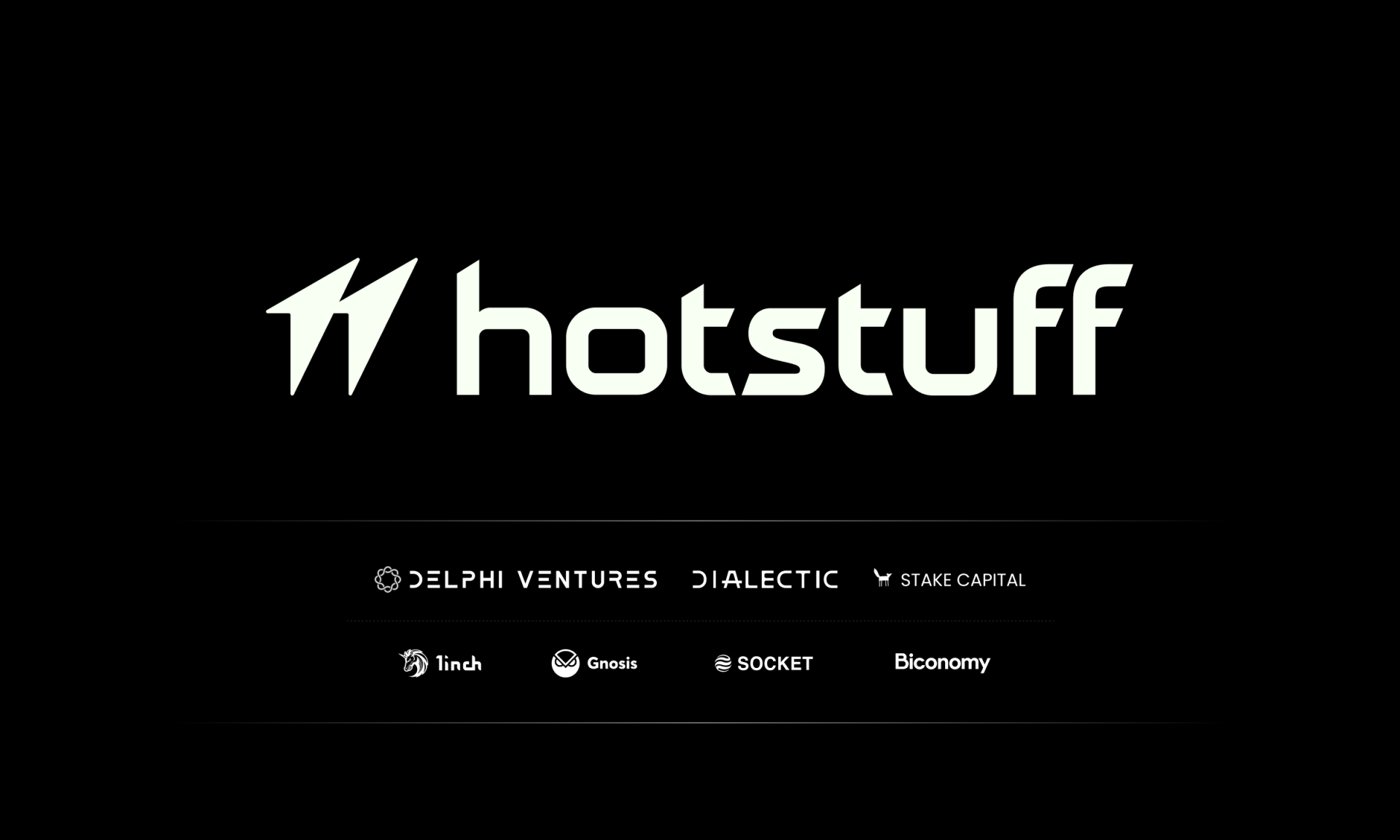In order to prevent block rewards from going below zero, the Monero (XMR) project has created a new algorithm called Tail emission. This project is set to start today.
Monero (XMR) Price Analysis
Monero offers full anonymity for its users to make transactions without being traced. At the time of writing, Monero’s native crypto asset XMR was trading at a market value of $185.73 (-0.02%) during the past 24hrs.

Monero cryptocurrency is one of the most secure and private cryptocurrencies on earth, with a market capitalization of over $3.3 billion as of June 8th, 2022.
XMR has grown steadily over the last five years. Its native token, which was valued at just under $40, has risen 300% to its current price of $185.73.
The privacy-focused token XMR hit an all-time high (ATH) in May of 2021 when it surmounted to $517.62, however, since then the value has fallen over 60%.
The cryptocurrency market has been bearish this year due to cryptocurrencies being tightened by global monetary policies. The value of Monero has been more resilient than many other cryptocurrencies, including top coins like bitcoin and ether. In fact, throughout the first half of this year, it’s only fallen about 19% while BTC and ETH dropped by over 33% and 47% respectively.

XMR All-Time Performance Chart | Source: CoinmarketcapÂ
Tail Emission On Monero
Miners will be able to earn a minimum of 0.6 XMR for each block mined on Monero as part of its tail emission strategy. This is in contrast to the Bitcoin system which permits block subsidy to reach zero. That means that miners will no longer receive any financial incentive for running their machines.
Tweet:
1/ The #TailEmission is coming in ~30d (block 2,641,623), so let’s take a few minutes and walk through why the #Monero community chose a tail emission, how it works, and what it means for Monero user’s and the project long-term.
Buckle up, this is going to be a long one!
— Monero (XMR) (@monero) May 4, 2022
According to Monero, the tail emission was put in place because miners require motivation to mine.Â
With the current block size problem, competition among miners will lead to fees declining. Miners are not motivated to mine if they can’t make money. If the reward is too low and costly, then fewer people will participate in protecting the network which increases the risks of hacks or other attacks on its security. Tail emission allows for the dynamic generation of block size and fee market.
The Monero community takes security very seriously and this is why they require Tail Emission to ensure that there are enough elements of security in place for the currency. Also, Tail emission makes sure transaction costs stay fair by moving the weight of security from being 100% on transaction costs.









